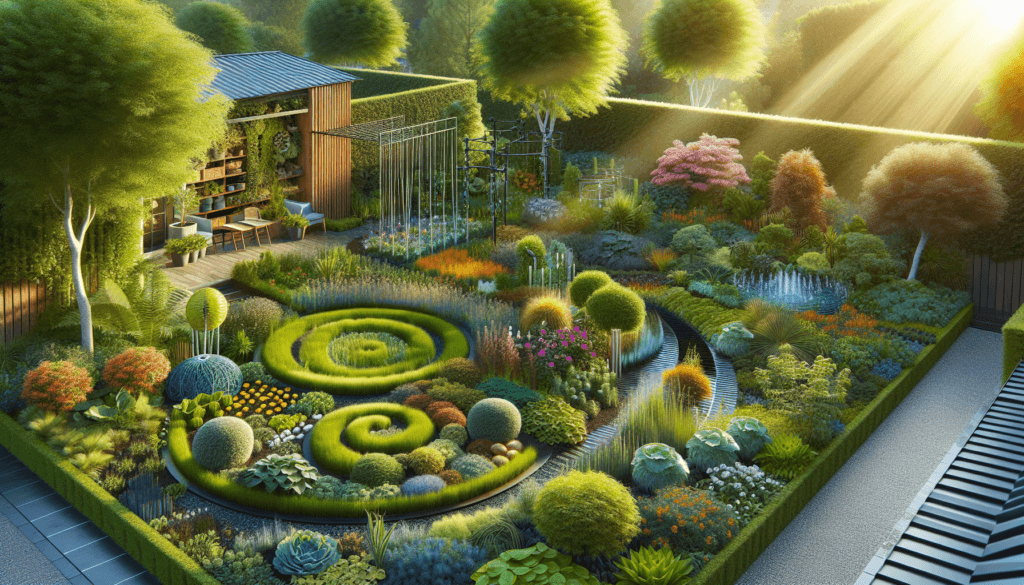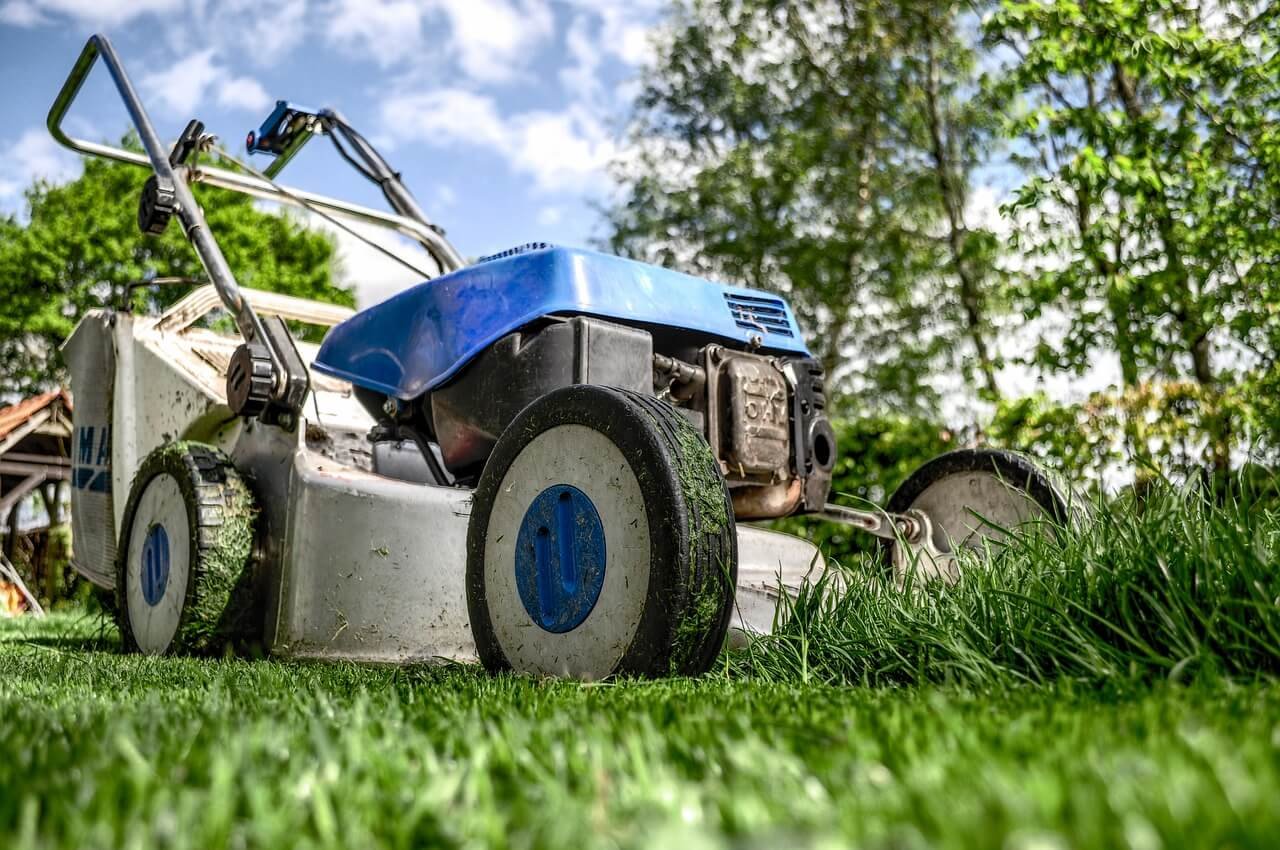You love spending time in your garden, surrounded by the vibrant colors and soothing scents of nature. However, with the increasing importance of conserving water, you may be wondering how to minimize your water usage without compromising the health and beauty of your plants. Luckily, there are numerous tips and tricks you can implement to help you achieve a water-efficient garden. From choosing drought-tolerant plants to utilizing mulch and smart irrigation techniques, this article will provide you with valuable insights to make your garden more sustainable.
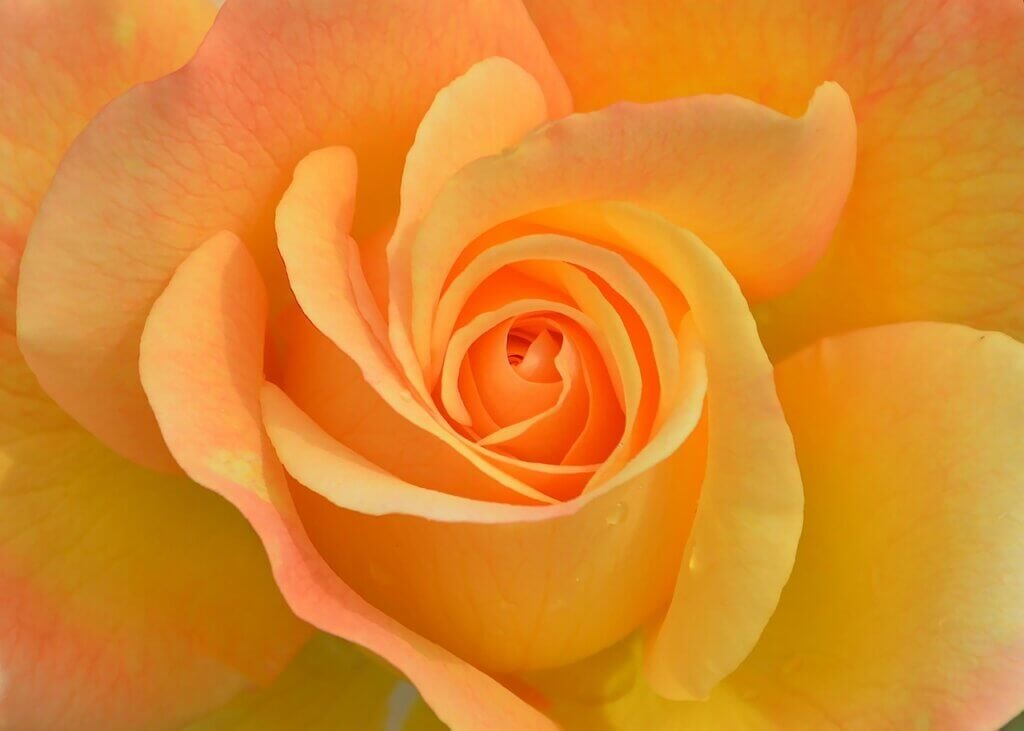
Choosing the Right Plants
When it comes to conserving water in your garden, selecting the right plants is a crucial first step. By choosing drought-tolerant plants, you can significantly reduce the amount of water needed for irrigation. These plants have adapted to survive in arid conditions and require less watering compared to traditional plants.
Selecting Drought-Tolerant Plants
When picking drought-tolerant plants, consider their natural habitat. Look for plants that are native to your region, as they have evolved to thrive in the local climate. Native plants have deep root systems that can access water deep within the soil, making them more resilient during dry periods.
Opt for Native Plants
Opting for native plants not only saves water but also benefits the local ecosystem. Native plants provide habitat and food for local wildlife, attracting beneficial pollinators like bees and butterflies. They also require less maintenance and are generally more resistant to pests and diseases.
Group Plants Based on Water Needs
To further conserve water, group plants with similar water needs together in your garden. This allows you to tailor your watering schedule according to the specific needs of each group, avoiding overwatering or underwatering. By strategically placing plants with high water requirements closer to a water source, you can minimize water wastage.
Using Efficient Irrigation Methods
Efficient irrigation methods can greatly reduce water usage in your garden. By delivering water directly to the plant’s roots and minimizing evaporation, you can maximize water efficiency.
Install Drip Irrigation System
Consider installing a drip irrigation system, which delivers water slowly and directly to the base of each plant. This method reduces water loss through evaporation and ensures that water reaches the plant’s root zone where it is needed most. Drip irrigation is especially suitable for beds, vegetable gardens, and container plants.
Utilize Soaker Hoses
Soaker hoses are another effective way to efficiently water your garden. These porous hoses release water directly into the soil, ensuring minimal water loss. Place the hoses along the base of plants and cover them with mulch to further prevent evaporation.
Use Watering Cans or Buckets
For smaller plants or areas where irrigation systems may not be convenient, consider using watering cans or buckets. This allows you to target water directly at the plant’s root zone while also controlling the amount of water used. Be sure to water slowly and deeply, allowing the soil to absorb the moisture before adding more.
Mulching to Retain Moisture
Mulching is an essential practice to retain moisture in the soil, reduce evaporation, and suppress weed growth. Adding a layer of organic mulch around your plants can significantly conserve water.
Apply Organic Mulch
Choose organic mulch such as wood chips, straw, or compost to cover the soil. This helps to maintain soil moisture and regulate soil temperature, reducing the need for frequent watering. Mulch also acts as a barrier, preventing weed growth that can compete with plants for water.
Maintain Mulch Depth
Maintain a mulch depth of 2-4 inches around plants, ensuring that the soil is adequately covered. Thicker mulch layers can further reduce evaporation and insulate the soil from temperature fluctuations. However, avoid piling mulch directly against the stems of plants, as this can cause moisture-related issues and promote rot.
Avoid Placing Mulch Near Plant Stems
When applying mulch, be careful not to place it directly against the stems of plants. This can create a favorable environment for pests and diseases, as well as lead to stem rot. Leave a small gap between the mulch and the plant stems to allow air circulation and prevent excessive moisture retention.
Watering Techniques
Watering techniques play a vital role in water conservation in your garden. By adopting the right practices, you can ensure that water is used efficiently and effectively.
Water Early in the Morning
Watering your garden in the early morning is ideal as it allows plants to absorb the moisture before the heat of the day. This minimizes water loss through evaporation and ensures that plants have ample time to dry off, reducing the risk of fungal diseases. Avoid watering in the afternoon when temperatures are high and the sun is at its strongest.
Water Deeply and Infrequently
Instead of frequent light watering, opt for deep watering sessions. This encourages plants to develop deeper root systems, making them more resilient to drought conditions. Watering deeply means applying enough water to reach the root zone, typically 6-8 inches deep. This can be achieved by watering for a longer duration, allowing the soil to fully absorb the moisture.
Avoid Overwatering
Overwatering can be just as harmful to plants as underwatering. It can lead to root rot, nutrient leaching, and increased susceptibility to diseases. To avoid overwatering, regularly check the moisture levels of the soil before watering. Use a moisture meter or simply dig a small hole to determine if the soil is still moist. Only water when the soil is dry to the touch but not completely parched.
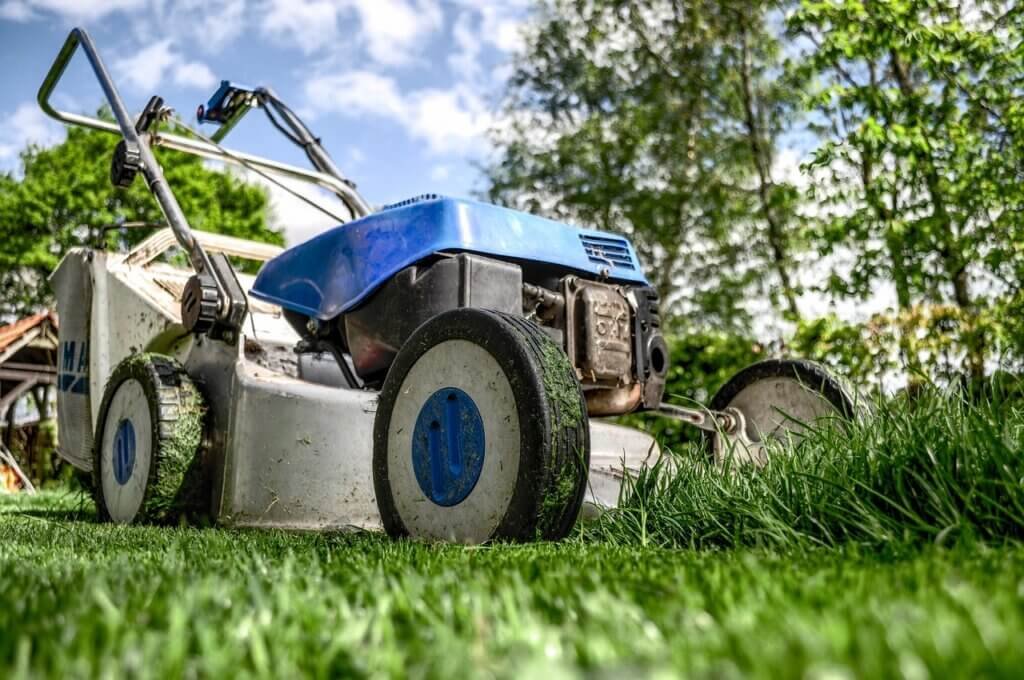
Rainwater Harvesting
Rainwater harvesting is an excellent way to make use of natural precipitation and reduce dependency on tap water for irrigation.
Set Up Rain Barrels or Cisterns
Installing rain barrels or cisterns allows you to collect and store rainwater for future use. Place these containers near downspouts or under roof gutter systems to capture rainwater efficiently. Make sure the containers have secure lids to prevent mosquito breeding and contamination.
Use Rainwater for Irrigation
Once collected, rainwater can be used for watering your garden. Connect a hose or drip irrigation system to the rain barrel or use a watering can to manually distribute the water. Rainwater is free from chemicals and is ideal for plants, as it contains trace minerals that can benefit their growth.
Properly Divert Roof Runoff
To optimize rainwater collection, ensure that your roof runoff is properly diverted towards the rain barrels or cisterns. Install gutter systems and downspouts to direct water from the roof to the containers. Regularly clean and maintain the gutters to prevent debris buildup and blockages.
Practicing Soil Conservation
Healthy soil is a key component of water-wise gardening. By improving soil structure and adding organic matter, you can enhance water retention and reduce runoff.
Improve Soil Structure
Work on improving the structure of your soil by adding organic amendments like compost or well-rotted manure. These materials help improve soil texture, allowing it to retain water better. Amending clay soils can promote better drainage and aeration, while sandy soils benefit from increased water-holding capacity.
Amend Soil with Compost
Incorporate compost into your soil regularly to enhance its ability to retain moisture. Compost increases organic matter content, improves soil structure, and enhances microbial activity, resulting in healthier plants and reduced water requirements. Spread a layer of compost over your garden beds and gently work it into the top few inches of soil.
Cover Soil with Plants or Cover Crops
Keep your soil covered by planting dense groundcovers or cover crops when the garden beds aren’t in use. This provides a protective layer that reduces evaporation, prevents soil erosion, and encourages beneficial soil organisms. Cover crops like clover or buckwheat also help to improve soil fertility and structure.
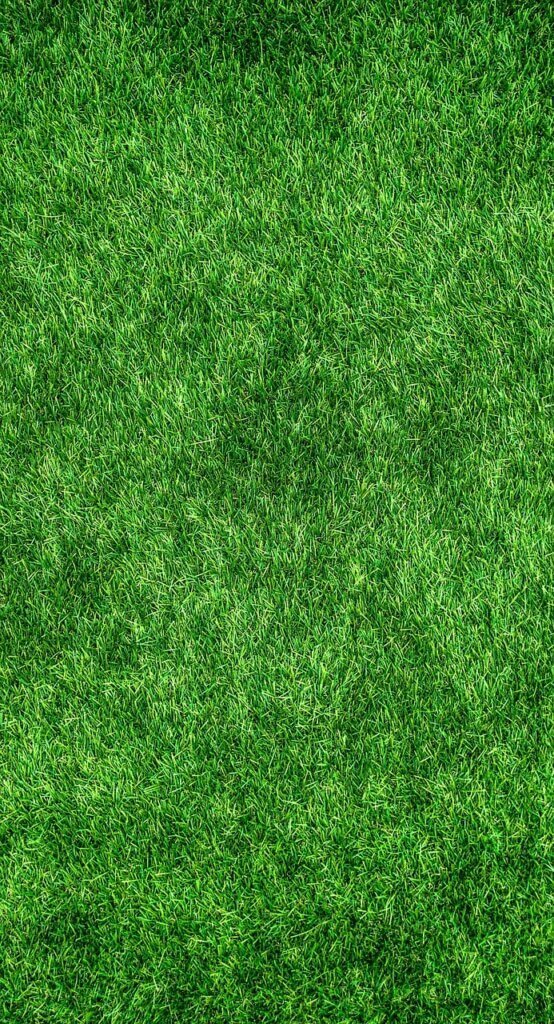
Monitoring and Maintaining Your Garden
Regular monitoring and maintenance of your garden ensure that water usage is optimized, and any potential issues are addressed promptly.
Inspect for Leaks or Broken Sprinklers
Regularly inspect your irrigation system for leaks, broken sprinkler heads, or other malfunctions. Even minor leaks can result in significant water wastage over time. Fix any issues promptly to ensure that water is utilized efficiently.
Maintain Proper Sprinkler Alignment
Check the alignment of your sprinkler heads to ensure that they are effectively watering the intended areas. Misaligned or poorly adjusted sprinklers can result in water being wasted on sidewalks, fences, or other non-plant areas. Adjust the sprinkler heads as needed to ensure accurate coverage.
Regularly Check Soil Moisture Levels
Regularly check the moisture levels of your soil to determine when watering is necessary. Use a moisture meter or perform a simple finger test by pressing your finger into the soil. Water only when the soil is dry to the touch and avoid unnecessary watering.
Water-Saving Techniques for Lawn Care
Lawns are often the largest water consumers in a garden. By implementing water-saving techniques, you can reduce water usage while maintaining a healthy and attractive lawn.
Set Lawn Mower at Higher Height
Raise the cutting height of your lawn mower to allow the grass to grow taller. Longer grass shades the soil, reducing evaporation and promoting deeper root growth. Taller grass is also more resilient to drought stress and weed invasion.
Leave Grass Clippings on the Lawn
When mowing your lawn, leave the grass clippings on the surface. These clippings act as a natural mulch, returning valuable nutrients back to the soil and helping to retain moisture. They also decompose quickly, adding organic matter to the soil.
Consider Replacing Some Lawn Area
If maintaining a large lawn is not feasible or sustainable, consider replacing some areas with alternative landscaping options. Replace sections of the lawn with drought-tolerant plants, groundcovers, or low-water-use features such as rock gardens or gravel pathways. This not only reduces water usage but also adds visual interest to your garden.

Collecting and Reusing Graywater
Graywater, which is wastewater from sources such as sinks, showers, and washing machines, can be safely collected and reused for garden irrigation. Follow local regulations and guidelines when implementing a graywater system.
Install Graywater System
Set up a graywater system to collect and divert the water from sources like your shower or laundry machine. These systems typically involve pipes, filters, and storage tanks, ensuring that only safe graywater is directed to the garden.
Use Graywater for Garden Irrigation
Use the collected graywater to irrigate your garden, ensuring that it is spread across the soil and not directly applied to the plant foliage. Graywater can provide a valuable source of water for your plants while reducing your reliance on freshwater supplies.
Follow Proper Guidelines and Regulations
Before implementing a graywater system, familiarize yourself with local guidelines and regulations. Some areas may have specific rules regarding the collection, treatment, and usage of graywater. Adhere to these guidelines to ensure the safe and responsible use of graywater in your garden.
Educating and Spreading Awareness
Promoting water conservation practices and educating others about the importance of water-wise gardening is key to creating a more sustainable future. By participating in community events and sharing your knowledge, you can inspire others to make a positive impact as well.
Promote Water Conservation Practices
Spread the word about water conservation practices and their benefits. Engage with your friends, neighbors, and community groups to raise awareness about simple steps that can be taken to conserve water in the garden. Share tips, resources, and success stories to inspire others.
Educate Others About Water-wise Gardening
Host workshops or presentations to educate others about the concept of water-wise gardening. Share techniques, strategies, and success stories from your own garden to demonstrate the positive impact of water conservation. Offer practical advice and answer questions to help others implement water-wise practices.
Participate in Community Events
Get involved in community events focused on sustainability and water conservation. Volunteer at local gardening festivals, host information booths, or organize garden tours showcasing water-wise practices. By actively participating in these events, you can help create a more water-conscious community and inspire others to take action.
By following these tips for conserving water in your garden and implementing water-saving techniques, you can create a beautiful and sustainable outdoor space while minimizing your environmental impact. Remember, every drop of water saved today contributes to a greener and more resilient future for our planet. Happy gardening!
